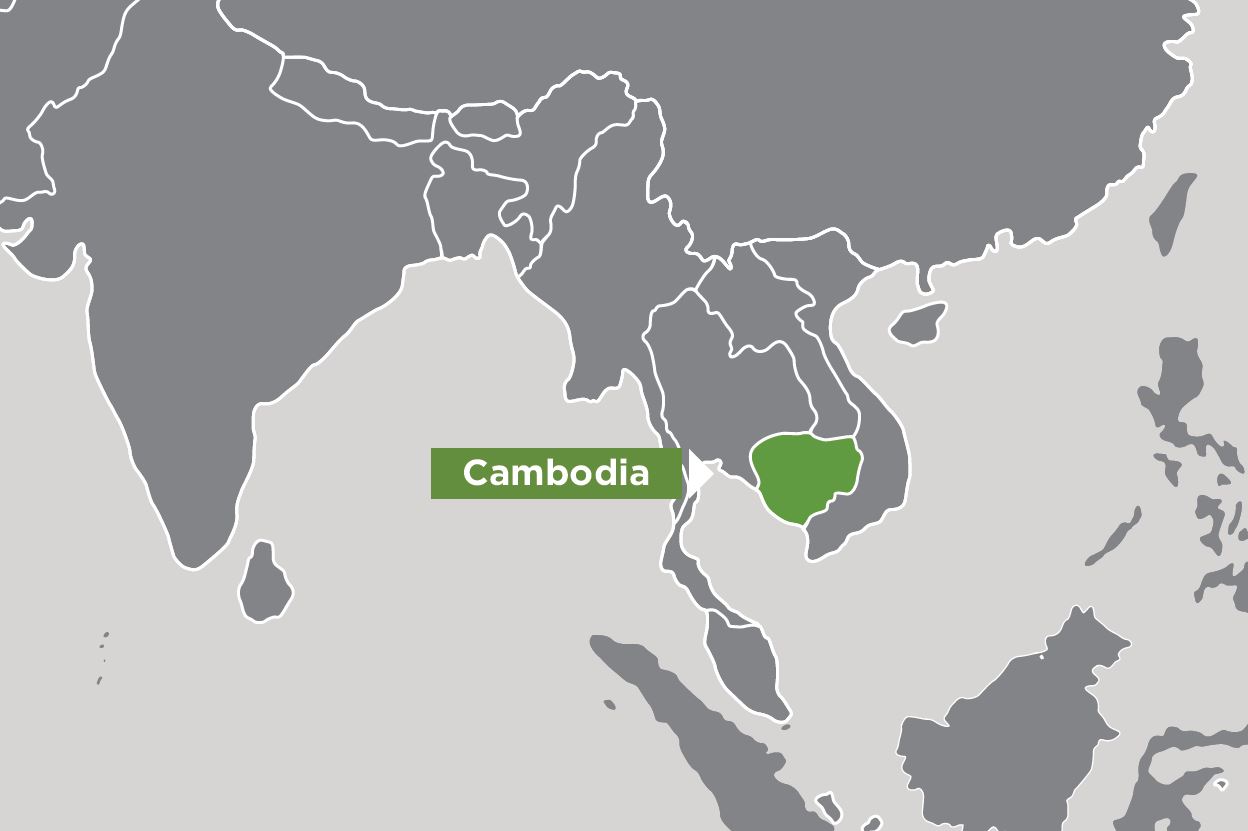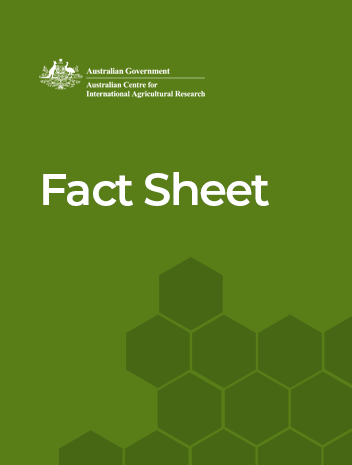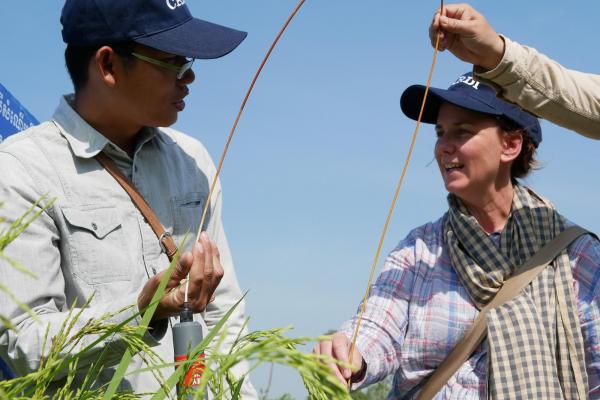Overview
This project is improving soil management in selected upland farming systems of southwest and southeast Cambodia to increase yields and returns for diverse crop options.
In Cambodia, more than one quarter of the country’s 3 million ha of uplands is used by smallholder farmers, providing food security and livelihoods. High agricultural prices have driven agricultural growth and farmland expansion in recent decades.
The Cambodian government recognises that expanding cultivation into unused or degraded land is not environmentally sustainable and has prioritised intensification, improved yields and diversification of cropping in areas where upland farming is under development.
In these rainfed uplands, crop yields and profits are vulnerable to low soil fertility, drought conditions and fluctuating markets. Cost-effective, site-specific soil and land management technologies need to be developed to promote sustainable and profitable farm businesses in the uplands and to minimise the risk of production losses and soil degradation.
Characterising and mapping constraints and determining land suitability is a critical enabling technology for improved field crop production in upland areas.
Expected project outcomes
- Farmers recognise soil types and constraints to crop production on their farms and adopt suitable management strategies to overcome these constraints.
- Extension practitioners use knowledge and tools developed by the project to promote and assist farmers to implement improved soil management practices.
- Project partners use land suitability assessment and site-specific land management practices in their ongoing programmes.
- Project partners use newly acquired expertise to continue assessment of soil and landscape resources across upland regions of Cambodia.
- The expanded soil and landscape database and CASC used by stakeholders to improve intensification and diversification of crop production in upland regions.
- Increased capacity of stakeholders to identify and manage upland soils, facilitating better decision-making regarding crop selection and land management practices.
Summary of outcomes to date
2021–22
- The soil fertility and fertiliser use study was completed in Aoral and Dambae Districts. Over 100 farmers completed the survey and key informant interviews were conducted with fertiliser dealers and PDAFF extension staff. The survey highlighted farmers had limited understanding of soil fertility processes and the connection between crop symptoms and nutrient deficiencies. More than 70% of the smallholders considered that crop yields and soil fertility were declining in their upland fields; however, inorganic and organic fertiliser use was limited. Three main reasons were provided for not using fertiliser: a perceived lack of need to fertilise newly cleared upland soils; a lack of funds to purchase fertiliser; and concerns that fertiliser, particularly inorganic fertiliser, was bad for their soil, crops and health.
- Smallholder farmers in Kampong Speu Province participated in the third year of on-farm trials (2019 to 2021) that compared the effects N (recommended rate) plus P and K fertilizer rates (recommended rate or 2 x recommended rate) with farmer practices (no fertilizer) on peanut yield on various soil groups. Differences in soil type, rainfall and other limiting conditions meant there was considerable variability in yields among sites, seasons, and years. However, compared to farmer practice, additions of P and K fertiliser improved peanut yields by up to 47 % in the early wet season (EWS) and 25 % in the main wet season (MWS). Profits were estimated to increase by 60 % and 30 % respectively in the EWS and MWS. Whilst farmers voted maximum NPK rates as best for plant growth and yield, farmers indicated that when the economic analysis and other risk factors were considered, preference would be for the lower recommend rate. A key part of the study was farmers participation in field days to discuss specific issues of farmer concern.






